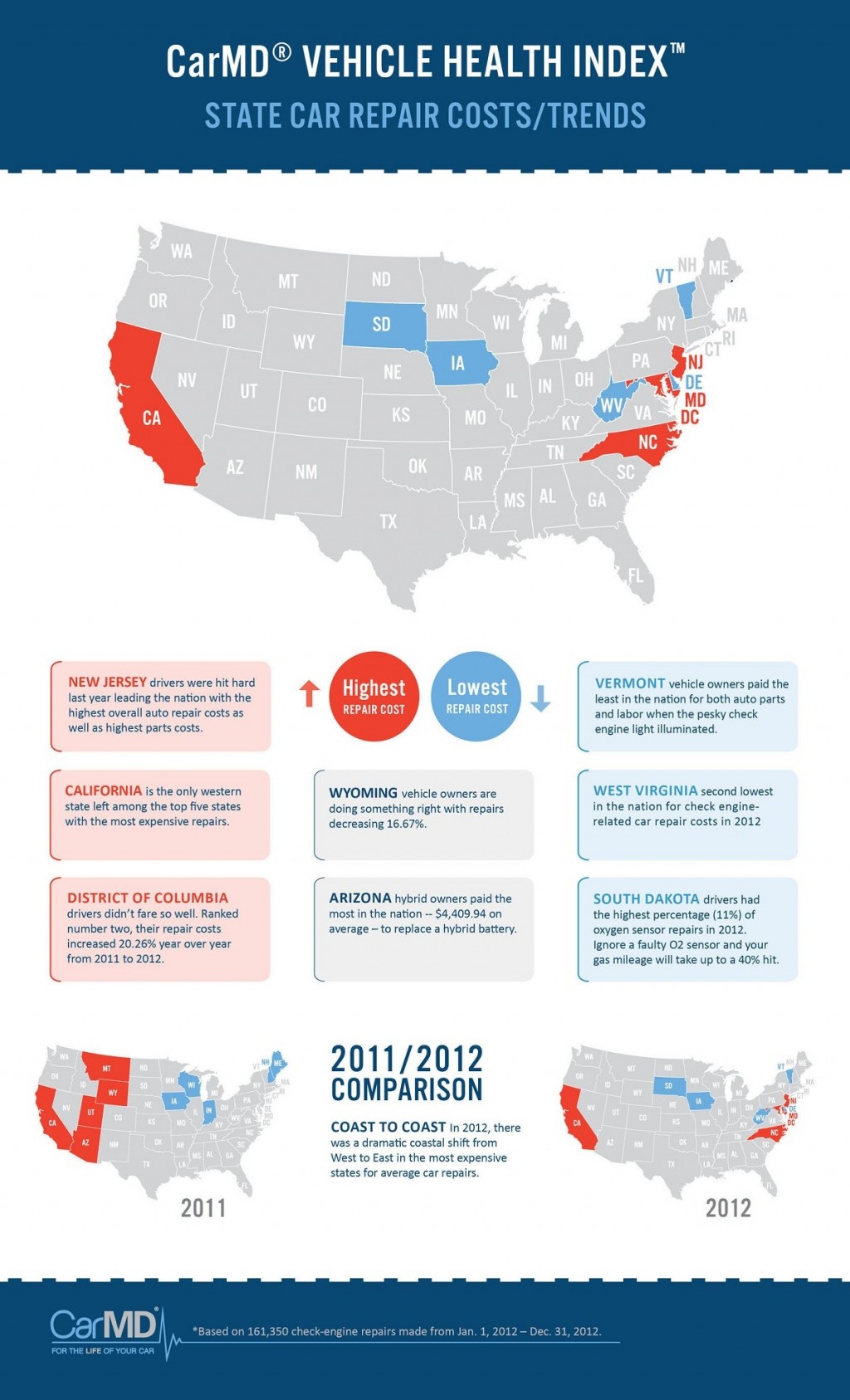Eager To Understand What The Dashboard Caution Lights In Your Automobile Signify? Discover Their Meanings For The Health And Safety And Security Of Your Vehicle
Eager To Understand What The Dashboard Caution Lights In Your Automobile Signify? Discover Their Meanings For The Health And Safety And Security Of Your Vehicle
Blog Article
Published By- https://business-review.eu/business/ukraine-conflict-stalls-the-automotive-industrys-engine-228644
When you lag the wheel, those radiant caution lights on your control panel can be a bit difficult. Do you recognize what they're attempting to tell you regarding your cars and truck's health and wellness? Comprehending the relevance of these lights is important for your safety and the long life of your automobile. So, the following time among those lights pops up, wouldn't you wish to understand its message accurately and take the necessary actions to resolve it?
Common Warning Lighting and Interpretations
Recognize common warning lights in your auto and comprehend their significances to ensure risk-free driving.
One of the most typical caution lights consist of the check engine light, which signifies issues with the engine or emissions system. If this light begins, it's essential to have your car examined quickly.
The oil stress cautioning light indicates low oil stress, requiring prompt interest to avoid engine damage.
https://ecutuning17384.tokka-blog.com/30176762/annual-auto-describing-guide-preparing-your-car-for-seasonal-adjustments blinking battery light may recommend a malfunctioning billing system, potentially leaving you stranded if not resolved.
The tire pressure monitoring system (TPMS) light signals you to reduced tire stress, impacting automobile stability and fuel efficiency. Neglecting this can cause hazardous driving problems.
The ABS light indicates an issue with the anti-lock braking system, jeopardizing your ability to quit rapidly in emergencies.
Last but not least, the coolant temperature level cautioning light warns of engine getting too hot, which can cause severe damage otherwise dealt with quickly.
Recognizing these usual caution lights will aid you attend to issues promptly and maintain risk-free driving problems.
Significance of Prompt Attention
Comprehending the usual warning lights in your vehicle is just the first step; the importance of immediately addressing these warnings can't be emphasized enough to ensure your safety and security when traveling.
When a caution light illuminates on your dashboard, it's your car's way of communicating a potential issue that needs interest. Neglecting these warnings can cause much more serious issues down the road, compromising your security and possibly costing you a lot more out of commission.
Trigger attention to cautioning lights can protect against break downs and crashes. As an example, a flashing check engine light might suggest a misfire that, if left ignored, can cause damages to the catalytic converter. Resolving this promptly can save you from a costly repair service.
Likewise, a brake system alerting light could indicate low brake fluid or used brake pads, essential parts for your safety and security when driving.
Do It Yourself Troubleshooting Tips
If you observe a caution light on your control panel, there are a couple of do it yourself fixing suggestions you can attempt prior to looking for professional assistance.
The initial step is to consult your auto's guidebook to understand what the certain warning light suggests. Sometimes the concern can be as easy as a loose gas cap activating the check engine light. Tightening up the gas cap may resolve the issue.
Another typical issue is a low battery, which can set off different advising lights. Examining the battery links for corrosion and ensuring they're safe may fix the issue.
If a caution light continues, you can try resetting it by detaching the automobile's battery for a couple of minutes and afterwards reconnecting it. Additionally, checking your vehicle's fluid levels, such as oil, coolant, and brake liquid, can aid fix advising lights related to these systems.
Verdict
Finally, recognizing your cars and truck's caution lights is necessary for maintaining your automobile running smoothly and safely. By promptly dealing with these informs and understanding what they suggest, you can avoid expensive repair services and possible breakdowns.
Keep in mind to consult your automobile's handbook for particular details on each cautioning light and act appropriately to make sure a trouble-free driving experience.
Keep educated, remain risk-free when driving!
